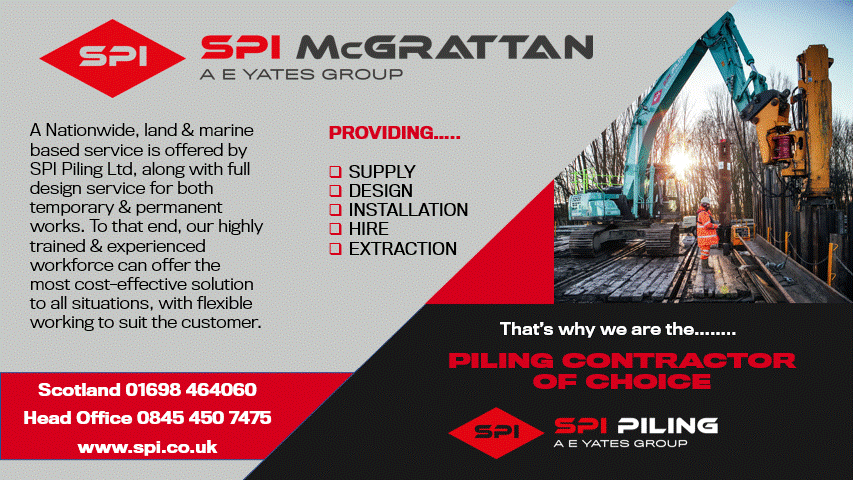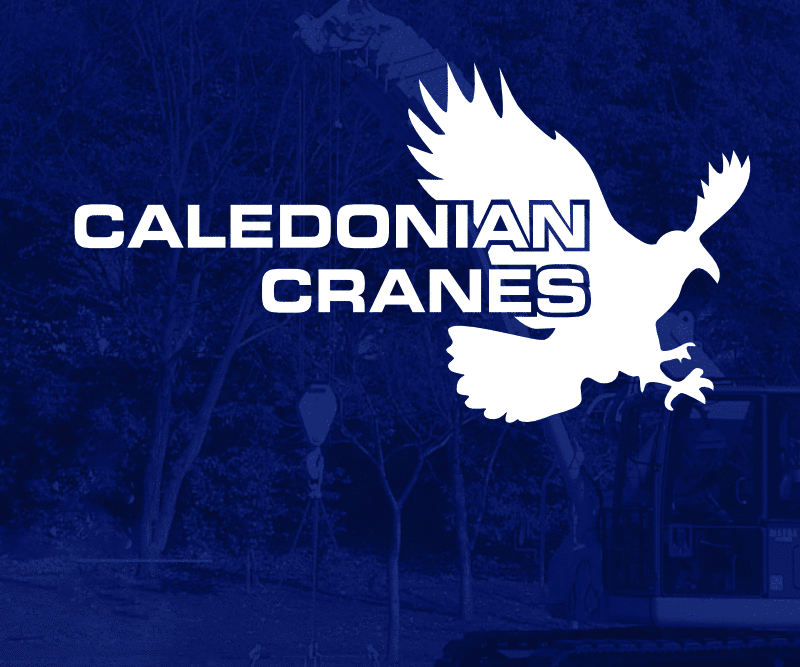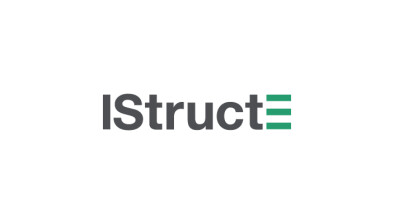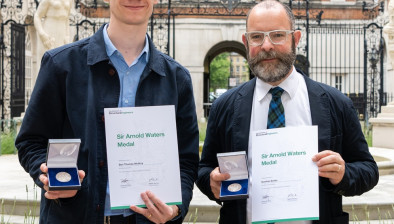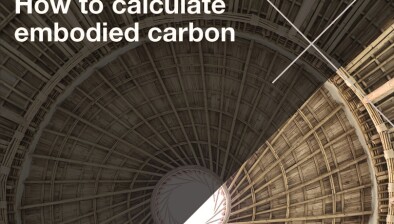IStructE: Drought, prolonged dry weather, and heatwaves - subsidence risks could increase
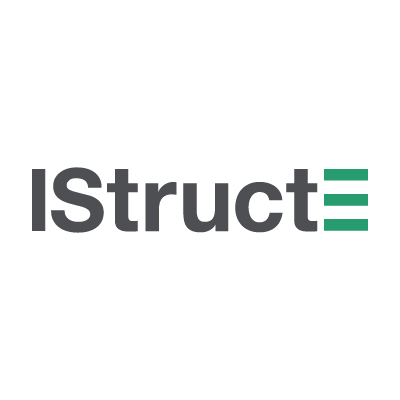
Parts of Scotland have recently experienced record high temperatures, and given dry and hot spells across the whole of the UK happened so early in 2025’s year’s weather cycle, the Institution of Structral Engineers (IStructE) has warned that this could make for an increase in subsidence, especially as summer 2024 was also very dry in some parts of the UK.
Signs of subsidence in buildings include diagonal cracks, usually found around doors and windows; and distortions of doors or windows – maybe ‘sticking’, or being harder to close or open.
During dry weather, trees and large bushes obviously search for water. Another common source of moisture during droughts are drains, particularly foul or wastewater drains, as they still are carrying water. Root penetration can result in these drains becoming damaged, leaking, and so exacerbating the subsidence further.
Owen Brooker, subsidence expert and IStructE member, explains: “The most vulnerable buildings are those with conventional unreinforced strip and/or raft foundations, which are usually shallow foundations. If built on clay, and particularly shrinkable clays, the subsidence risk can increase.
“Sudden, occasional, and short downpours, however intense, do not resolve the problem as most of the water runs off dehydrated clays. Clay can only expand when there is regular rain fall, taking months to rehydrate and regain their normal volume. This ‘heaving’ is rarely total and can cause reverse movement, and so further damage.”
What should homeowners do?
IStructE advises homeowners concerned about subsidence to liaise with their insurance company as a first step. They also need to ensure that qualified, expert structural engineers or surveyors with experience of subsidence manage the situation alongside the insurance company.
Finding an expert
To help people find the expertise they need, IStructE recommends searching its Find an Engineer website to find a professionally qualified structural engineer.
IStructE has also published an extensive guide, simply called Subsidence. While aimed at structural engineers, it is also relevant to the insurance industry, surveyors, the wider construction industry and tree surgeons, should they wish to understand the details, remediation techniques, and read about extensive case studies.
Subsidence is the original industry guide on the subject, with editions dating back to 1996. Like its previous versions, it has been drafted by a multi-discipline group of experts from across the industry, ensuring it is timely, independent, and authoritative.







